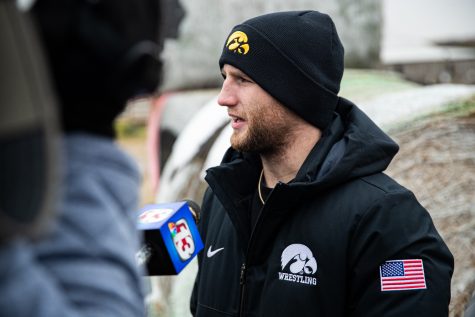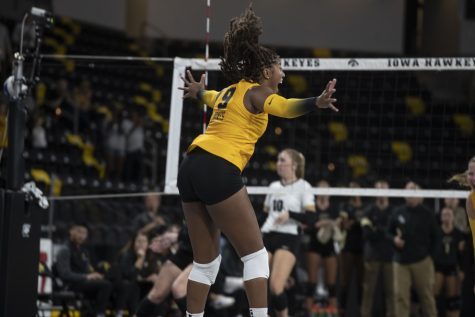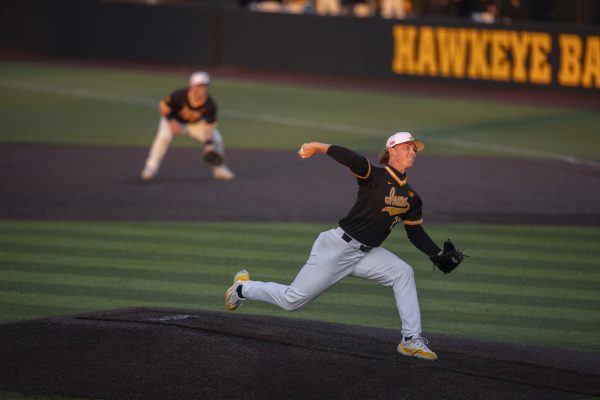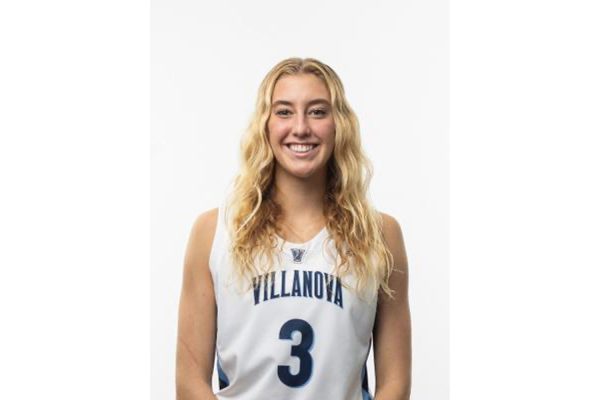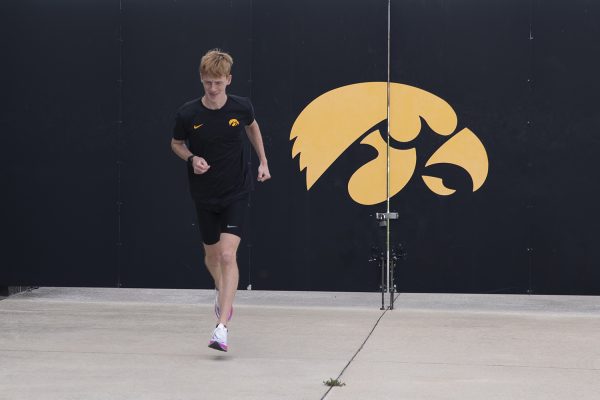Swim/dive uses dual meets to prepare for postseason competition
The swimming and diving team has many dual meets on its schedule that are key to preparing Iowa for its toughest competition during championship season.
Ryan Adams for The Daily Iowan
Iowa’s Taylor Hartley competes in the Women’s 1000 Freestyle during a swim meet between The University of Iowa and The University of Minnesota at the CRWC on October 26, 2019. Iowa’s Men’s team won against Minnesota 156-144 while Iowa’s Women’s team lost 157-143.
October 30, 2019
The goal for Iowa during a long swimming and diving season is to use its invitationals and dual meets as an advantage to prepare for the season’s top moments at the Big Ten Championships and NCAAs.
Coming up, both the men and women will compete in Minneapolis at the Minnesota Invitational from Dec. 4-7, but the Hawkeyes are also already gearing up for the Big Ten Championships. Iowa will host the women’s side of the tournament from Feb. 19-22, while the men will travel to Indiana from Feb. 26-29.
“[The preparations] are quite a bit different depending on what time of year [the invitationals are],” head coach Marc Long said. “The one in December is not one that we go fully for; we’ll certainly be ready to swim fast and dive well, but we’re really gearing up for that February meet.”
The preparations for these bigger events include varying intensities at practices and what the athletes focus on while training.
“We start fine-tuning our strokes, starts, turns, breakouts, underwaters, really make each practice work on something specific. Yardage comes down a little bit, too,” senior captain Forrest White said.
The actual competition of the dual meets throughout the season also serve as training for the bigger meets. The swimmers change their suits to allow for less drag in the water and shave their body hair to swim just a little faster.
RELATED: Iowa splits with Minnesota in second Big Ten dual meet
“Dual meets are awesome, because they’re like a dry run,” junior captain Sage Ohlensehlen said. “It’s just a chance to swim your race at least every week or every other week so you know what you need to change and what you need to work on so that when we are in a good suit, have a few days off, and then are shaved — we’re ready to go.”
Success in the dual meets throughout the season are usually a good indicator of things to come in the invitationals and championships.
“Dual meets give you that confidence for the end of the season and the championship season,” White said. “[The dual meets] help you figure out different race strategies what you like, what you don’t like. Then, you can fine tune those during championship season.”
The invitationals also yield faster times simply because of the time in between races. At a dual meet, a swimmer may compete in three or four events in a short time span, whereas at an invitational they may compete in less events with more of a break between their swims.
“Dual meets, they’re just head-to-head with. Probably one other team and the line-up is a little bit different with the events and an athlete. The amount of events they can swim and then what they swim could be quite a bit different.” Long said. “Whereas at the invitationals, more than likely they swim their primary events. At a peak-meet, you might only do one event in the morning, and then you’ve got five hours or more, six hours before you swim again.”




